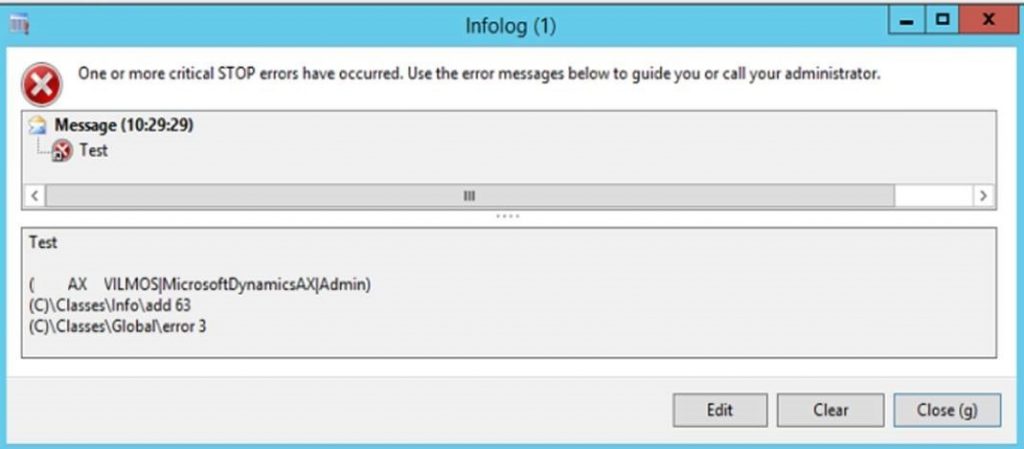Archiving SQL database backups using Azure blob storage
It is a good practice to keep multiple copies of our most precious data. By using on-premises SQL Server databases for AX 2012 or Dynamics 365 Finance and Operations, archiving SQL database backups to offsite-locations are a must. I have built automation for archiving SQL database backups using Azure Blob Storage.
Overview of the processes
Maintenance regime
Our maintenance regime looks like the following:
- 1x Weekly Full backup
- 6x Daily Differential backup
- 15 minute Transactional log backups
They are captured locally on the primary SQL instance, to keep the timestamps for last successful backups in our AlwaysOn cluster. Then we move the files to a shared network storage, which is visible to both High Availability sites, in case there is an outage and we need to a fail over and restore data.
In case of a natural disaster due to the close geographical proximity of the sites we needed an additional layer of safety.
Archiving offsite
Every night we are running a PowerShell script that uses the AzCopy utility. It is uploading our backup files on a Microsoft Azure cloud storage account.
You are paying for the network usage (IO) and the size occupied on the disks, so it is a good idea to have some sort of housekeeping. Our solution was to use an Azure RunBook to determine what to keep and what to delete. The current setup is to have 1 full backup file for a year available every quarter (4x 400 GB), and keep all full / differential / transactional files for the last month (4x 400 GB + 26x 10 GB).
This puts the total size occupied around 4 TB, and costs about 35 GBP a month using a cold storage. This price could go up if you also want to utilize a hot tier storage for the latest backup set. That is useful if you want to come back from the cloud on a short notice.
(more…)
